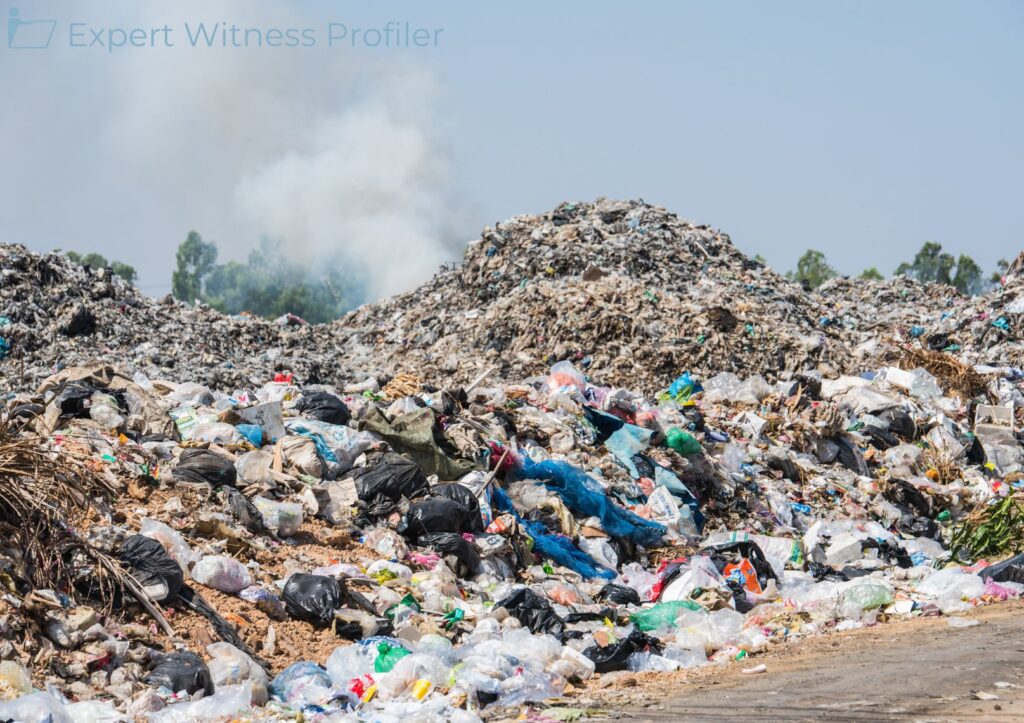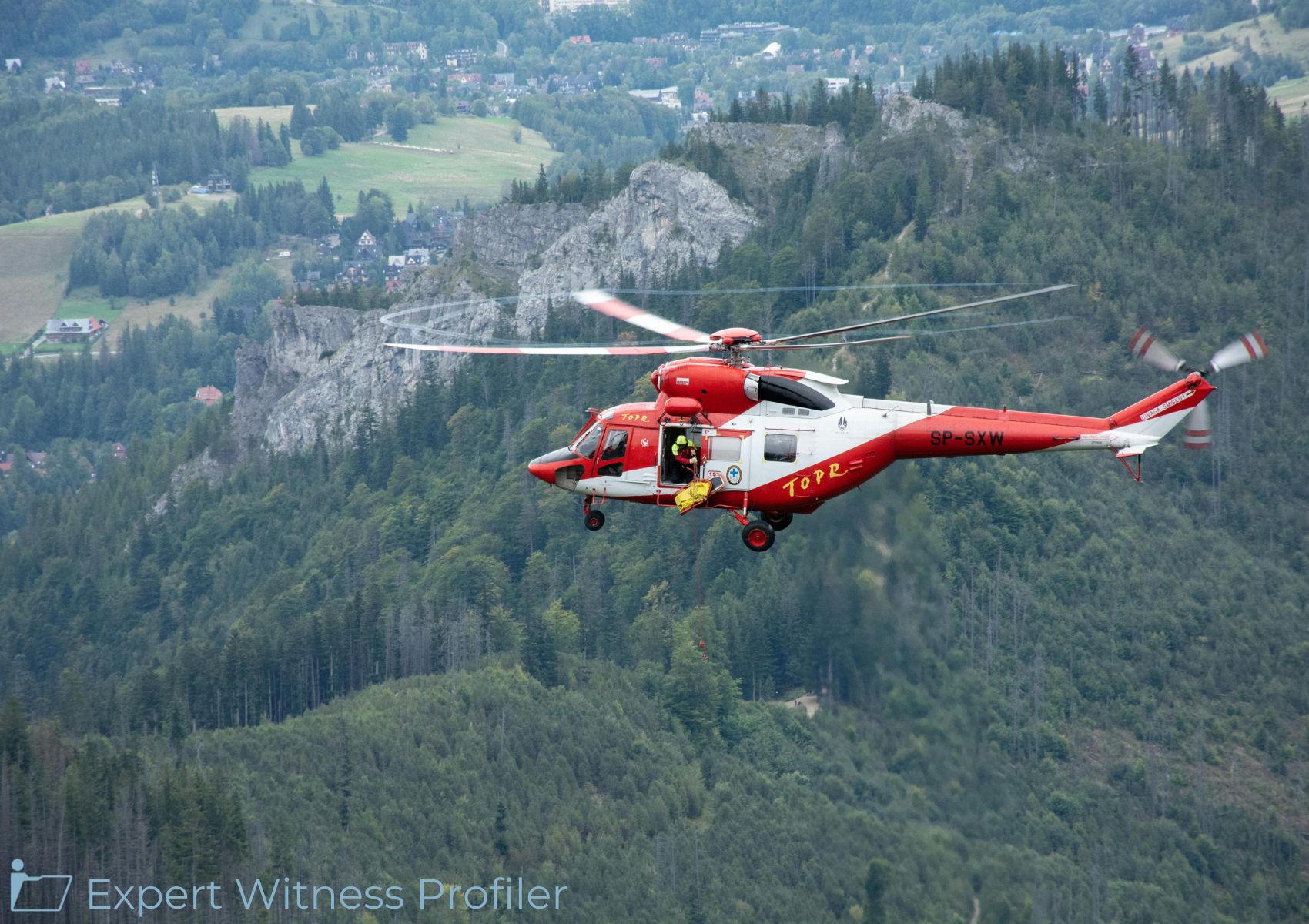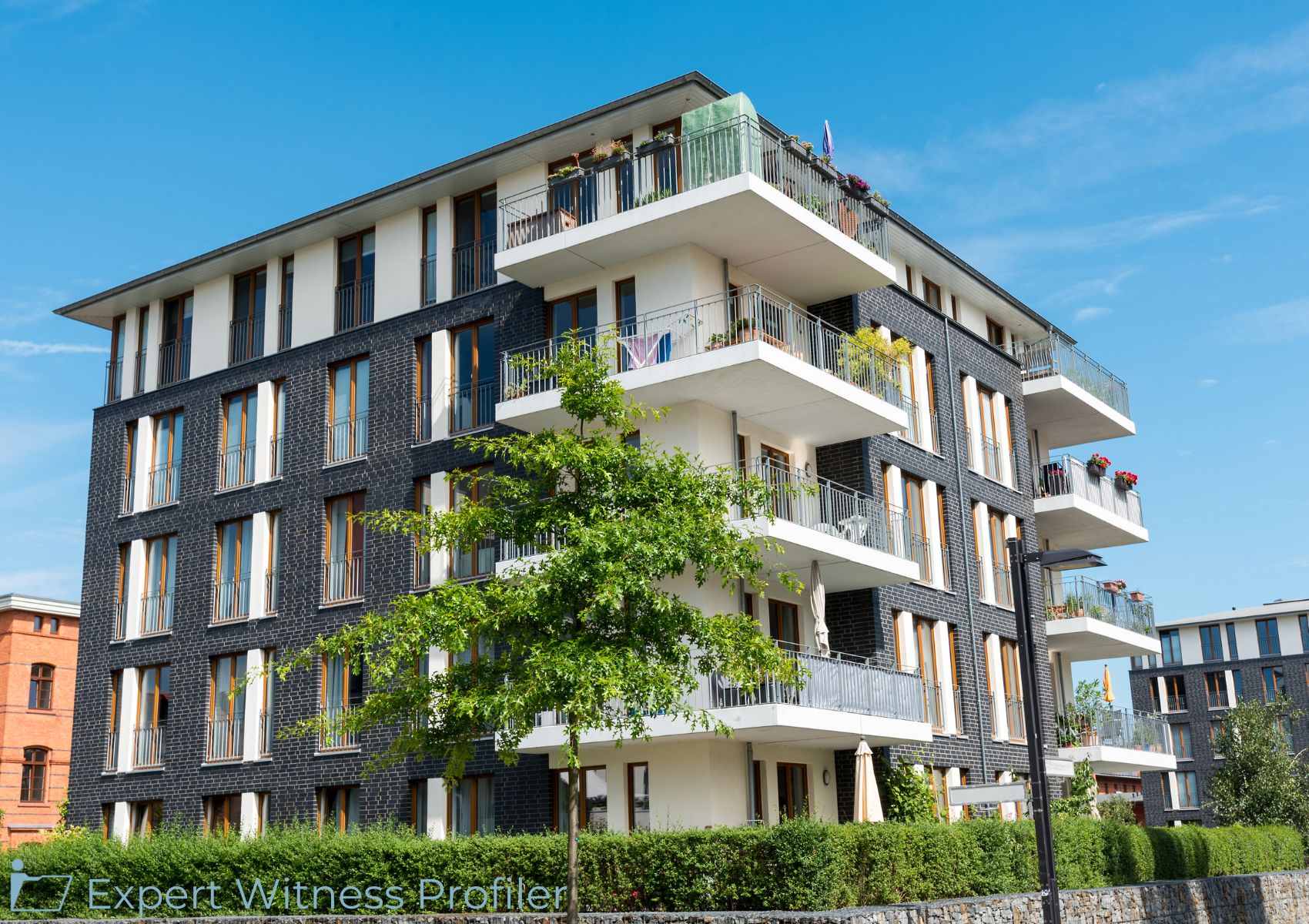Environmental Engineering Expert Witness’ Testimony About the Source of H2S is Not Fully Admissible
Posted on August 1, 2024 by Expert Witness Profiler
This case concerns the operation of the Jefferson Parish Landfill in Waggaman, Louisiana (the “JPLF”), and the resulting odors emitted from the JPLF between July 1, 2017, and December 31, 2019 (the “relevant time period”). Plaintiffs, who are Jefferson Parish residents, filed several individual lawsuits that were consolidated into a mass action, Addison v. Louisiana Regional Landfill Co., which contains over 500 individual Plaintiffs.
The Defendants asserted several “alternative source arguments,” including that: (1) Plaintiffs’ alleged damages were sustained in whole or in part as a result of intervening or superseding causes, including noxious odors originating from sources other than the JPLF; and (2) Plaintiffs’ claims are barred or diminished to the extent their injuries were caused by their own comparative fault or the comparative fault of third parties or sources of odors for which the Defendants are not responsible.
Motion to preclude
The Defendants engaged Matthew Stutz, P.E.—represented to be an expert in “landfill design, engineering, management, and operations”—to offer opinions about modeled emissions and emission rates of landfill gas and hydrogen sulfide (“H2S”) from the JPLF and two neighboring landfills, the River Birch Landfill (the “RBLF”) and the Highway 90 construction and demolition (“C&D”) Landfill (the “Hwy 90 Landfill” or “Hwy 90”).
Stutz is also offered as a rebuttal expert to rebut the opinions of Plaintiffs’ experts, specifically regarding: (1) the generation and emissions of landfill gas and hydrogen sulfide; (2) the design, operation, and maintenance of the JPLF, including its cover, leachate, landfill gas, and odor control systems; and (3) the acceptance of nonhazardous industrial waste at the JPLF. Stutz expressed several opinions in his expert report (the “Stutz Report”) related to modeled gas generation and emissions estimates for the JPLF, the RBLF, and the Hwy 90 Landfill.
Plaintiffs filed their Motion in Limine seeking to preclude Stutz from offering testimony related to certain opinions expressed in the Stutz Report under the law-of-the-case doctrine and Federal Rule of Evidence Rule 702.

Environmental Engineering Expert Witness
Matthew K. Stutz is a Principal with Weaver Consultants Group, LLC. He has extensive work experience in landfill gas collection and control system design, leachate systems, and air quality permitting and compliance, and he has prepared numerous landfill gas collection and control system designs, landfill gas evaluations, emission inventories, air quality permits, emission calculations, and odor control plans.
Stutz received a Bachelor of Science in Civil/Environmental Engineering in 1997, from The University of Texas at Arlington. He currently serves on a panel of the U.S. Environmental Protection Agency (“EPA”) which provides comments on landfill air quality regulations.
Discussion by the Court
After preparing landfill gas generation models and emissions estimates for the JPLF, the RBLF, and the Hwy 90 Landfill, using mathematical analysis and relevant source material, Stutz expressed several opinions in his Report.
Stutz’s testimony related to the Hwy 90 Landfill will be excluded under Rule 702
Plaintiffs sought to exclude the portion of Opinion No. 2B in which Stutz opines “the Hwy 90 Landfill was the largest and most significant source of H2S emissions of the three landfills” during the relevant time period. The Stutz Report represents “[a] main component[] used in gas generation modeling is the concentration of the specific gas being modeled,” which in this case is H2S.
After comparing the modeled H2S emission rates for the Hwy 90 Landfill, the RBLF, and the JPLF, Stutz concluded “the majority of H2S emissions during [the relevant time period] came from Hwy 90.”
The Court found that the scant and uncharacteristic H2S concentration data from February 2008, on which Stutz based the Hwy 90 Model for the relevant time period, rendered Opinion No. 2B unreliable.
In this case, Stutz relied on two data points collected on a single day nearly one decade before the relevant time period to derive the H2S concentration that informs his Hwy 90 Model. Hwy 90 records demonstrate the landfill experienced elevated H2S concentrations in 2008, which likely resulted from the burial of organic vegetative and gypsum sheetrock debris when the LDEQ designated the landfill an Emergency Debris Site post-Hurricane Katrina.
The Court also found that the probative value of Stutz’s testimony on the Hwy 90 Landfill is substantially outweighed by the risk of misleading the jury. Thus, the Court will also exclude Stutz’s testimony related to the Hwy 90 Landfill under Rule 403.
Stutz may offer testimony on the JPLF and the RBLF
Stutz’s testimony on the JPLF and RBLF will not be excluded
under Rule 702
Plaintiffs also sought to exclude the portion of Opinion No. 2B in which Stutz expressed findings related to the JPLF and the RBLF under Rule 702. Plaintiffs argued Stutz improperly neglected to calculate the total H2S that may be generated from material at the landfills, which rendered his modeled H2S emissions from those facilities “nothing more than a wild guess.” Specifically, Plaintiffs claim Stutz’s modeled H2S emissions from the JPLF are not the product of reliable principles or methods because his model does not account for “the forty-six million [] pounds of spent lime buried in [Phase IVA].”
The Court has reviewed the bases of the portions of Opinion No. 2B related to the JPLF and the RBLF. Unlike the H2S concentration used in his Hwy 90 Model, a review of Opinion Nos. 1B and 2B reveals the H2S concentrations Stutz used in the H2S Generation Models for the JPLF and the RBLF (the “JPLF Model” and “RBLF Model,” respectively) are more “grounded in the methods and procedures of science” than in Stutz’s unsupported speculative or subjective belief.
With respect to the JPLF Model, Stutz represented he “uses the same average H2S concentrations as the Plaintiffs’ experts,” and Plaintiffs do not challenge this assertion. With respect to the RBLF Model, although Stutz’s H2S concentration is based on limited data, the H2S concentration is based on a study from June 2018, during the relevant time period.
Stutz’s testimony on the JPLF will not be excluded under the law-of-the-case doctrine
Plaintiffs sought to exclude the remaining contested opinions on the basis that the opinions relate to issues adjudicated in the general causation phase and should be excluded under the law-of-the-case doctrine.
The Court has reviewed the Stutz Report and finds Plaintiffs’ argument is without merit. Table 4 of the Stutz Report provides a comparison of 2019 H2S concentrations at the JPLF, which identifies an average H2S concentration at the JPLF Phase IVA of: (1) 3,633 ppm (i.e., 3,633,000 ppb) collected inside the landfill; (2) 0.43 ppm (i.e., 430 ppb) at the landfill surface; and (3) 1.126 ppm (i.e., 1,126 ppb) collected from ambient readings at approximately three feet from the landfill surface. To the extent the Plaintiffs challenge Stutz’s opinions under the law-of-the-case doctrine, Stutz input the H2S concentration of 3,633 ppm into his JPLF Model for Phase IVA, which is the same figure relied upon by Plaintiffs’ H2S emissions model.
Held
The Court granted in part and denied in part the Plaintiffs’ motion to exclude expert testimony of Matthew Stutz. Stutz may not offer testimony related to the Hwy 90 Landfill. He may offer testimony related to the JPLF and the RBLF. Stutz may offer his rebuttal of Plaintiffs’ experts’ opinions on the JPLF and RBLF, as necessary, but may not offer rebuttal opinion related to the Hwy 90 Landfill.
Key Takeaways:
- Stutz offered no explanation as to the validity or general acceptance in the scientific community of his methodology for deriving an H2S concentration based on such scant and uncharacteristic data.
- To the extent Plaintiffs challenge Stutz’s omission of site-specific data, including his failure to calculate the total H2S generated at the landfills, the Court finds these concerns go to the weight of Stutz’s opinions rather than their reliability and should be left for the factfinder’s consideration.
Case Details:
| Case Caption: | Addison, Et Al. V. Louisiana Regional Landfill Company, Et Al |
| Docket Number: | 2:19cv11133 |
| Court: | United States District Court, Louisiana Eastern |
| Order Date: | July 31, 2024 |





